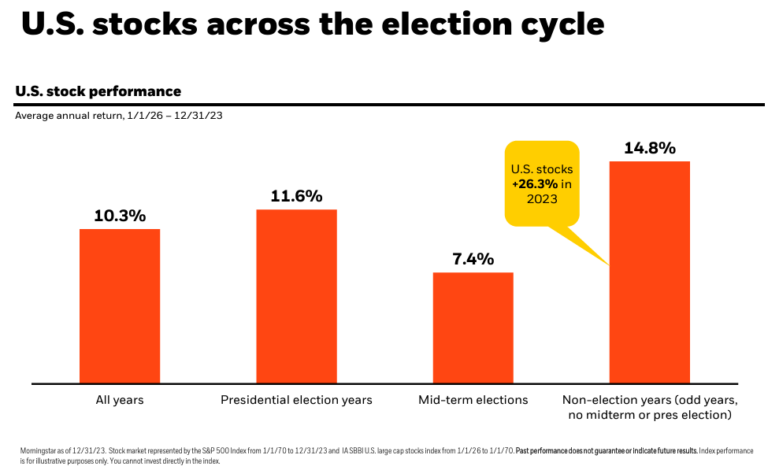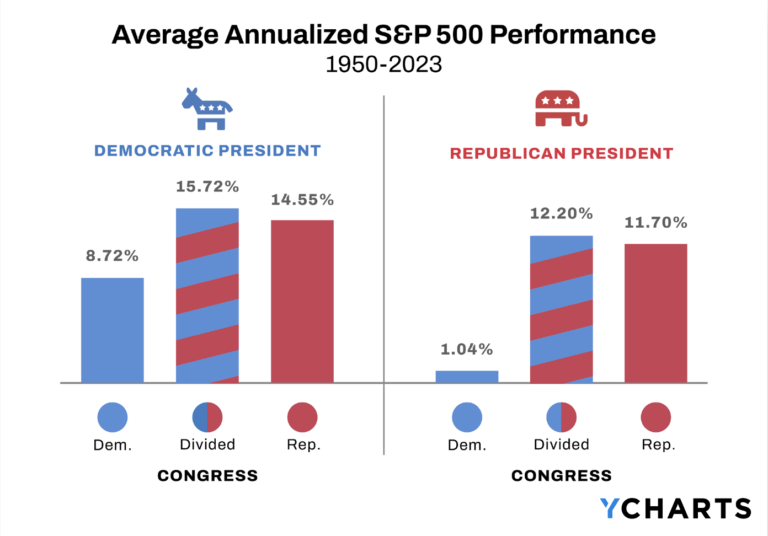Section 4: Strategies to Save for College
Even high-income families are concerned about paying for college. Even if funding isn’t a big issue, what is the best way to save for college? As with anything, the “best” approach will depend on your individual family situation. Consider the following tips and strategies to the extent that they may apply to your situation.
How much to save in a 529 plan
One of the biggest myths about saving for college is that parents should fully fund their child’s 529 plan before they turn 18. Some parents even start saving for college before they have kids.
How early should you start saving? Should you ask your kids to pay for some of the cost of college? Whether the child has a job in high school or college, or takes out a loan, the idea is that they also have some “skin in the game” for their portion (perhaps 15%) of the costs of higher education. Regardless of your savings goals, it may not be advantageous to invest your total contribution in a 529 plan.
529 plans are designed to help families save for college and they offer very little flexibility if plans change. If an account is rolled over to a sibling, will their college fund be over-funded? Do you wish to make such a large gift to a relative? Even if the student earns a scholarship, the withdrawn funds may not be subject to a federal 10% penalty but income tax will still be due on the earnings. Given the limited investment options in most 529 plans, in hindsight, some families may have benefited from diversification.
Diversifying college savings
Although it often makes sense for the bulk of college savings to be invested in a 529 plan, other types of accounts or funding methods can provide greater flexibility for the balance:
- Brokerage account – A brokerage account won’t offer any tax advantages but there also won’t be any penalties in the event life changes.
- Roth IRA – A Roth IRA can be used to pay for a dependent’s qualified higher education expenses. If you have had the account for at least five years then withdrawals for qualified higher education expenses are typically exempt from income taxes on earnings and the 10% penalty. Your contributions are always exempt.
- Savings from cash flow – If your child is nearing college age and you’re looking to contribute more to their education, it may be best not to invest the funds at all. With such a short time horizon, it may not be worth the investment risk. Consider stashing away excess cash flow from your income in a separate savings account.
Integrating planning with FAFSA
Most families applying for financial aid only need to complete the Free Application for Federal Student Aid form. FAFSA is used to determine federal financial aid eligibility, grants and scholarships. Rather than create their own system, FAFSA is also used by many state and private institutions, to determine which students may receive additional aid, loans, or merit-based awards.
According to the National Center for Education Statistics, 85% of new full-time college students attending 4-year institutions received some type of federal financial aid in the 2013-2014 academic years. Federal financial aid is primarily in the form of loans, although students are also able to receive grants and work-study options. Understanding how the FAFSA works is a key component to college planning and maximizing your potential aid benefits.
The expected family contribution (EFC) is the “bottom line” figure determined by FAFSA formulas that will ultimately determine how much aid a student will receive. FAFSA considers a number of factors when determining need-based eligibility, including income and assets of the student and parents, household size, and the number of children attending college. Although the calculations can be complex, there are a few key points to remember:
- Parent income (as defined by FAFSA) is included at a maximum of 47%
- Parent assets (excluding retirement accounts) are included at a maximum of 5.64%
- Student income is included at 50%
- Student assets are 100% included, although only 20% is considered available for financial aid purposes
Starting in 2017, families will complete the FAFSA based on the “prior, prior year’s” financial information. This means that planning ahead will become even more important.
There are a number of planning considerations families should be aware of as it relates to federal grants and loans. As these topics can get quite detailed and situation-specific, it’s important to speak with a financial advisor regarding your situation.
Ownership of 529 plans
529 plans owned by a parent or dependent student are considered parental assets and counted at the lower 5.64% in the EFC calculation. Distributions from a parent or student-owned plan to pay for qualified education expenses are not considered income. 529 plans owned by a grandparent or other party are not counted on the FAFSA as an asset; however, distributions will be considered income to the student, of which 50% is included in the EFC. To minimize potential adverse consequences, consider the timing of when the funds will be needed. If possible, delay the liquidation of a non-parent owned 529 plan until the student’s junior or senior year of college when there won’t be a subsequent FAFSA filing. Otherwise, consider transferring ownership of the account to the parent if the plan allows. Again, recall the “prior, prior year” rule and plan your strategy well in advance.
Roth IRAs
Retirement assets are not counted as part of parent assets. However, withdrawals from a Roth IRA will be included in parent income, which could impact financial aid eligibility. Similar to non-parent owned 529 plan distributions, try to time withdrawals when there won’t be another FAFSA filing.
Flexibility and options
Even high earning families should take the time to complete the FAFSA. Even if you believe you earn too much for aid, you may be surprised. Further, each college or university will calculate need and merit-based aid differently, even the institutions that use the FAFSA.










